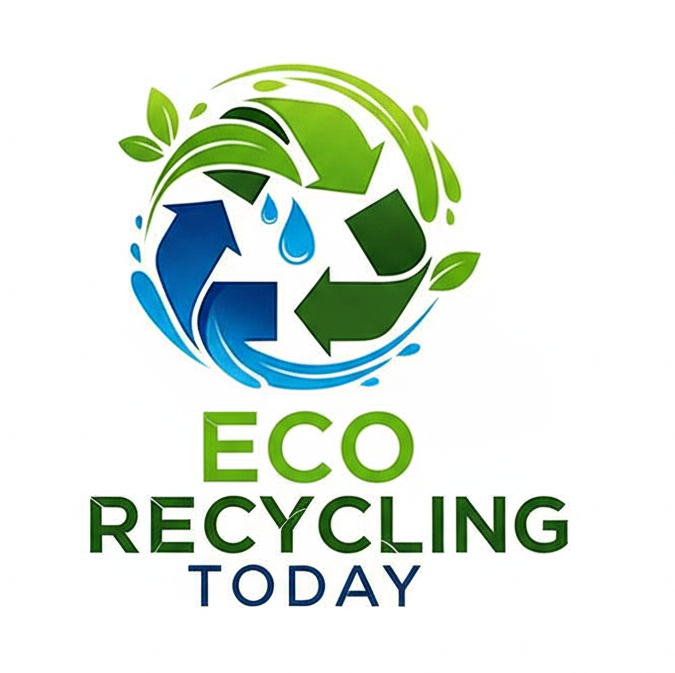As electric vehicles, smartphones, and solar storage systems become more popular, so does our use of lithium-ion batteries. But what happens when these batteries reach the end of their life?
According to the International Energy Agency, global demand for lithium-ion batteries is expected to grow over 10 times by 2030. Only 5% of batteries are recycled worldwide. That means valuable materials are being wasted—and toxic chemicals are polluting our environment.
Unfortunately, most end up in landfills—even though they contain valuable metals like lithium, cobalt, and nickel. That’s where a lithium battery recycling machine comes in.
What Is Lithium Battery Recycling Machine
A lithium battery recycling machine is a specialized piece of equipment designed to safely and efficiently recover valuable materials from used lithium-ion batteries. These machines help extract and separate metals such as lithium, cobalt, nickel, copper, and aluminum—resources that are not only finite but also essential for manufacturing new batteries.
How Do Lithium Battery Recycling Machines Work
Most recycling machines follow these steps:
- Battery Dismantling: The machine takes apart battery modules and separates the casing from the cells.
- Crushing/Shredding: The batteries are crushed into small pieces.
- Sorting: Metals are separated using magnets, air flow, and water.
- Chemical Treatment: Some machines use safe chemicals to extract pure lithium, cobalt, and nickel.
- Neutralization: Harmful liquids are captured and treated.
Where Are Lithium Battery Recycling Machines Used
- Electric Vehicle Recycling: One EV battery pack weighs over 500 kg and contains metals worth more than $1,000.
- Consumer Electronics: Over 5 billion smartphones are thrown away every year—most with rechargeable lithium batteries.
- Energy Storage: Large batteries from solar and wind energy systems are now reaching their end of life.
How to Choose Lithium Battery Recycling Machine
- Battery Type Compatibility: Ensure the machine can process various battery types (EV, phone, laptop, energy storage, etc.).
- Processing Capacity: Match the machine’s output (kg or tons per day) to your expected volume of batteries.
- Metal Recovery Rate: Look for high recovery efficiency (90%+ for lithium, cobalt, nickel, and copper).
- Automation Level: Choose between semi-automatic or fully automatic systems based on your labor resources and budget.
- Safety Features: The machine should include explosion-proof design, gas neutralization, and temperature control for safe battery handling.
- Environmental Compliance: Ensure it meets regulations like CE, ISO 14001, and RoHS for emission and waste control.
- Separation Technology: Check for advanced separation methods (mechanical, hydrometallurgical, pyrolysis) to handle black mass extraction efficiently.
- Energy Consumption: Opt for energy-efficient models to reduce operating costs and environmental impact.
- Dust and Fume Control: Systems should include filters or scrubbers to manage hazardous dust, gases, and electrolyte residue.
A lithium battery recycling machine isn’t just a piece of equipment—it’s a powerful tool for a cleaner planet. By recovering valuable metals and reducing waste, these machines support the circular economy and help build a more sustainable future.
